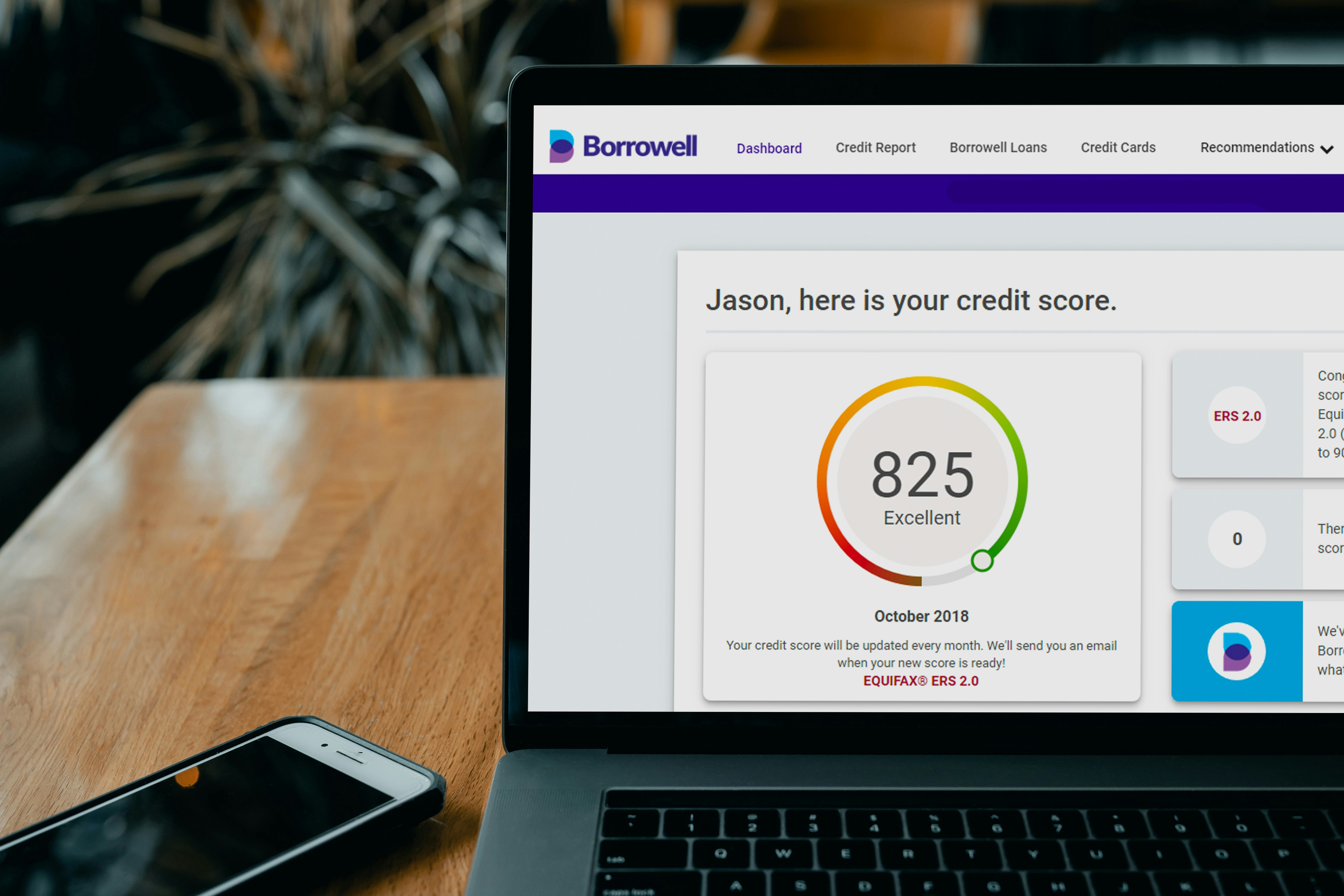Introduction to Health Insurance in 2025
The landscape of health insurance in 2025 has undergone significant transformation, shaped by recent regulatory changes and evolving healthcare costs. A multitude of factors—including policy revisions, technological advancements, and shifts in consumer expectations—are influencing how individuals and families approach their healthcare coverage. This evolution necessitates a careful evaluation of available health insurance plans, allowing consumers to make informed choices that best align with their specific needs and financial situations.
One of the major changes in the health insurance sector is the introduction of new policies aimed at increasing access and affordability. Many insurers have adjusted their offerings to provide more comprehensive coverage options that cater to diverse populations. This includes an emphasis on preventative care and mental health services, which are becoming increasingly recognized as essential components of overall well-being. In 2025, health insurance plans are also likely to feature innovations in telehealth and digital health services, reflecting a growing trend towards technology-driven care that enhances accessibility.
Healthcare costs, while fluctuating, remain a key concern for consumers evaluating their health insurance options. With ongoing discussions about cost containment and transparency in pricing, it is crucial for individuals to stay informed about the factors that contribute to their overall healthcare expenses. These costs can include premiums, copayments, deductibles, and out-of-pocket maximums, which vary significantly among different insurance plans.
Moreover, the regulatory environment surrounding health insurance is expected to become more robust, emphasizing consumer protections and transparency. Understanding these regulatory frameworks is essential for anyone looking to navigate the health insurance marketplace effectively. As consumers prepare for the year ahead, they will need to assess the changing landscape and actively compare health insurance plans to secure the coverage that best meets their needs.
Key Trends Influencing Health Insurance in 2025
The health insurance landscape is evolving rapidly, and several key trends are poised to influence the market in 2025. One of the most significant trends is the expansion of telehealth services. As technology becomes increasingly integrated into everyday healthcare practices, telehealth offers a convenient and accessible alternative for patients. This shift enables healthcare providers to deliver services remotely, significantly improving access to medical care, especially in rural or underserved areas. In turn, this has implications for health insurance plans, which may incorporate coverage for telehealth consultations as a standard feature.
Furthermore, personalized healthcare is gaining traction. Health insurance plans are starting to embrace a more tailored approach to policy offerings, allowing consumers to select benefits and services that align with their unique health needs. This trend reflects a broader movement towards patient-centered care, where individuals are encouraged to take an active role in managing their health. Insurance companies are likely to respond to this demand by providing flexible plans that accommodate diverse preferences, thereby enhancing overall consumer satisfaction.
Another crucial trend is the integration of advanced technology in policy administration. Automation and artificial intelligence are being employed to streamline processes such as claims processing, customer service, and underwriting. These technological advancements can lead to reduced operational costs and improved efficiency for insurers, which may ultimately translate into more competitive health insurance plans for consumers.
As these trends continue to evolve, potential policyholders should be aware of how these developments might affect the types of health insurance plans available to them. The industry is moving towards a more innovative and consumer-friendly landscape, which may provide individuals and families with opportunities to secure coverage that meets their specific healthcare needs. Understanding these trends will empower consumers to make informed decisions about their health insurance options in 2025.
Types of Health Insurance Plans Available in 2025
In 2025, the landscape of health insurance plans includes a variety of options designed to meet diverse healthcare needs. Understanding these options is crucial for individuals seeking the most suitable plan for their circumstances. The primary types of health insurance plans are Health Maintenance Organizations (HMOs), Preferred Provider Organizations (PPOs), Exclusive Provider Organizations (EPOs), and High-Deductible Health Plans (HDHPs).
HMOs are known for their cost-effectiveness, generally requiring members to choose a primary care physician (PCP) who coordinates their healthcare services. This requires referral approvals for specialist visits, but in return, members often enjoy lower premiums and out-of-pocket costs. HMOs are particularly beneficial for those who prefer a more managed care approach and can limit their choices to a specific network of providers. However, their restrictive nature may not suit individuals who value flexibility when choosing healthcare providers.
PPOs offer greater flexibility compared to HMOs, allowing members to see any doctor or specialist without needing a referral. This plan typically includes a network of preferred providers but also permits care outside the network at a higher cost. This flexibility makes PPOs appealing to those who frequently travel or require specialists not included in a managed network, albeit at a potentially higher premium.
EPOs combine aspects of both HMOs and PPOs. They provide a network of doctors and hospitals similar to an HMO but do not require referrals for specialists. However, coverage is limited to in-network providers except in emergencies. This plan is ideal for individuals who seek some flexibility without the extensive costs related to PPOs.
Lastly, high-deductible health plans (HDHPs) have become increasingly popular. These plans feature lower monthly premiums paired with higher deductibles. They are especially beneficial for younger, healthier individuals who do not anticipate frequent medical care and may also complement Health Savings Accounts (HSAs) for tax advantages. Each of these health insurance plans carries its benefits and limitations, making it essential for consumers to analyze their unique healthcare needs and financial situations before making a decision.
Comparative Analysis of Top Health Insurance Providers
As consumers navigate the plethora of health insurance plans available in 2025, a comparative analysis of the leading health insurance providers becomes crucial for informed decision-making. Key players in the market such as UnitedHealthcare, Anthem, Cigna, and Aetna have established themselves with distinctive offerings and customer service reputations. Each provider boasts unique coverage options catered to different demographic needs.
UnitedHealthcare tops the list with its extensive network of healthcare professionals and hospitals. It is recognized for its range of plans, including individual, family, and Medicare options. Customer service ratings reveal that while UnitedHealthcare offers an expansive selection, some customers cite complexity in plan details as a drawback, prompting a need for clarity in policy features. Moreover, premium costs remain competitive, making it an appealing choice for many.
Anthem, offering a robust selection of health insurance plans, distinguishes itself through its emphasis on innovation in healthcare access, including telehealth options. Its comprehensive mental health services make it a favorable choice for those seeking holistic coverage. However, premium costs vary significantly by state, which could limit affordability for some consumers. Despite this, Anthem maintains a solid customer satisfaction rating, indicating a high level of service quality.
Cigna, valued for its global reach and international coverage options, also places a strong focus on preventive care. Its innovative wellness programs are aimed at encouraging healthier lifestyles among policyholders. Nonetheless, some users report that Cigna’s premiums can be on the higher end compared to its competitors, which may deter budget-conscious consumers.
Aetna offers a comprehensive suite of policies, including short-term and long-term health insurance plans, which can cater to diverse consumer needs. Aetna is lauded for its strong customer support and transparency in plan details. However, as seen in various reviews, customers point out discrepancies in network availability, suggesting a careful review of coverage options before selection is necessary.
In this highly competitive landscape of health insurance in 2025, understanding the differences between these providers allows consumers to tailor their health insurance plans to meet specific requirements, ensuring optimal healthcare coverage.
Factors to Consider When Choosing a Health Insurance Plan
Selecting a suitable health insurance plan is a crucial decision that requires careful evaluation of multiple factors. Among these, premium costs stand out as a primary consideration. The premium is the monthly fee paid for health insurance coverage. Consumers must strike a balance between affordability and comprehensive coverage, as lower premiums might indicate limited benefits or higher out-of-pocket expenses.
Another significant element is the deductible, which reflects the amount a policyholder must pay out of pocket before the insurance provider begins to cover costs. Plans with higher deductibles generally come with lower premiums, making it essential to assess individual healthcare needs. For those who frequently utilize medical services, a plan with a lower deductible may be worth the higher premium. Conversely, healthier individuals may opt for plans with higher deductibles to save on healthcare costs.
Out-of-pocket expenses are also a critical aspect, encompassing copayments and coinsurance that consumers must pay alongside their premiums and deductibles. Reviewing the overall potential costs associated with a health insurance plan helps individuals anticipate financial responsibility during medical treatments. Thus, understanding the plan’s structure regarding out-of-pocket limits is vital.
Network coverage is a further factor that influences the choice of a health insurance plan. Plans often have preferred provider networks with which they have agreements, affecting which healthcare providers individuals can see without incurring additional costs. It is essential to ensure that preferred doctors and hospitals are included within the network to avoid unexpected out-of-pocket expenses.
Finally, additional benefits, such as wellness programs and preventive care options, can significantly enhance the value of a health insurance plan. These perks encourage proactive health management, ultimately contributing to long-term well-being. By considering all these factors, consumers can select health insurance plans that best serve their individual situations.
Cost Analysis: What to Expect in 2025
As we look ahead to 2025, it’s essential to understand the anticipated costs associated with health insurance plans. Various factors influence health insurance premiums, including demographic shifts, medical inflation, and changes in healthcare legislation. On average, individuals can expect health insurance premiums to rise modestly due to these underlying trends.
In 2025, studies project that the average monthly premium for individual health insurance plans could hover between $400 to $600, depending on coverage levels and the insurance provider. For family plans, the monthly premiums are expected to range from $1,200 to $1,800. The difference in costs typically arises from the extent of benefits provided, network size, and the overall comprehensiveness of the health insurance plan.
In addition to premiums, potential out-of-pocket expenses warrant consideration. These costs often include deductibles, copayments, and coinsurance. While the average annual deductible for individual health insurance could reach approximately $3,000, family plans may see deductibles closer to $6,000. It is also important to account for copayments, which generally fall between $20 to $50 for specialist visits, depending on the provider’s policies.
For effective budgeting, prospective policyholders should analyze their healthcare needs realistically, factoring in anticipated medical expenses, routine check-ups, and possible emergencies. Understanding local healthcare norms and average costs associated with medical services is crucial for informed decision-making. In doing so, individuals will be better positioned to select health insurance plans that not only meet their needs but also fit within their financial means. By anticipating these costs, consumers can navigate the complexities of health insurance in 2025 with greater ease and confidence.
Real-Life Scenarios: How Different Plans Work
Understanding how health insurance plans operate in real-life situations is essential for making informed choices. Let’s explore some case studies that illustrate the performance of different health insurance plans across various scenarios, such as emergency care, routine check-ups, and chronic illness management.
In an emergency situation, the effectiveness of a health insurance plan can be crucial. For instance, consider a patient who experiences severe chest pain and is taken to the emergency room. A comprehensive health insurance plan with a low deductible will significantly reduce out-of-pocket expenses. In contrast, a high-deductible plan may require the patient to pay a substantial amount before coverage kicks in, potentially causing financial strain during a critical time.
Routine check-ups shed light on another important aspect of health insurance plans. Many policies include preventive services at no extra cost to the insured. For example, under a typical health insurance plan, an adult may visit their primary care physician for an annual physical examination without incurring any fees. This encourages regular monitoring of health conditions and promotes early detection of issues. Conversely, some plans might impose a co-pay or have a waiting period for these services, which can discourage individuals from seeking necessary care.
Chronic illness management is another area where the choice of health insurance plans becomes evident. Consider a patient with diabetes who requires regular check-ups, medication, and insulin. A plan designed for chronic care typically offers lower co-pays for medication and provides a care management program, which can significantly enhance the patient’s quality of life. On the other hand, a basic plan that lacks such features may lead to higher expenses and less comprehensive care for managing the condition.
These scenarios emphasize that the implications of selecting a health insurance plan extend beyond monthly premiums. By closely evaluating individual needs and understanding how different plans function in real situations, individuals can make better-informed decisions when choosing their health insurance options.
Resources for Comparing Health Insurance Plans
Choosing the right health insurance plan can be a complex process, but numerous resources are available to assist consumers in making informed decisions. One of the most efficient ways to compare health insurance plans is through online comparison tools. Websites such as HealthCare.gov, eHealthInsurance, and Compare.com provide side-by-side comparisons of various insurance offerings, allowing users to view premiums, coverage options, and out-of-pocket costs conveniently. These tools often include filters that enable consumers to narrow their options based on specific needs, such as family size, preferred providers, and specific medical requirements.
In addition to online platforms, government resources play a pivotal role in guiding individuals through the comparison process. The Centers for Medicare & Medicaid Services (CMS) provides valuable information regarding health insurance plans available under the Affordable Care Act (ACA) and Medicare. State-based health insurance exchanges offer local insights and comparative information on plans that operate within specific states, thereby empowering consumers to make choices that align with their locality and personal needs.
Furthermore, seeking professional advice can significantly enhance one’s ability to navigate the health insurance landscape effectively. Consulting with a licensed insurance broker or advisor can provide personalized recommendations based on an individual’s unique healthcare needs and budget. These professionals are well-versed in health insurance plans and can simplify the often confusing jargon associated with various policies. Additionally, they can assist consumers in understanding the intricacies of coverage limits, co-pays, deductibles, and networks, ensuring a clearer picture of what each plan entails.
Ultimately, leveraging these resources can lead to a more streamlined experience in comparing health insurance plans, making it easier for consumers to find the most suitable options for their healthcare requirements.
Conclusion: Making the Right Choice for Your Health Needs
As we have explored throughout this guide, selecting the best health insurance plans is a critical decision that requires careful consideration. The landscape of health insurance can be complex, with numerous options available, each tailored to various individual circumstances and health needs. It is essential to thoroughly assess each health insurance plan’s features, such as premiums, deductibles, co-payments, and coverage networks to determine which aligns best with your medical requirements and financial capabilities.
When evaluating health insurance options, it is advisable to reflect on your specific health history and anticipated healthcare usage for the coming year. Individuals with chronic conditions or those who frequently require medical attention may benefit more from comprehensive plans that offer lower deductibles and broader coverage. In contrast, individuals who maintain good health may prefer plans with lower premiums and higher out-of-pocket costs. Understanding your unique situation can significantly influence your decision-making process.
Moreover, as we approach 2025, paying close attention to potential changes in health insurance policies and regulations is prudent. The health insurance market can be influenced by various factors, including governmental reforms, economic conditions, and advancements in medical technology. Thus, staying informed about these shifts will empower you to make more informed choices regarding your health insurance coverage.
Ultimately, the right health insurance plan for you is one that meets your needs while also fitting comfortably within your budget. We encourage you to take proactive steps in reviewing your options, comparing different health insurance plans, and consulting with professionals when necessary. By investing time and effort into this decision, you will secure the best possible coverage that protects both your health and your finances in the year ahead.








